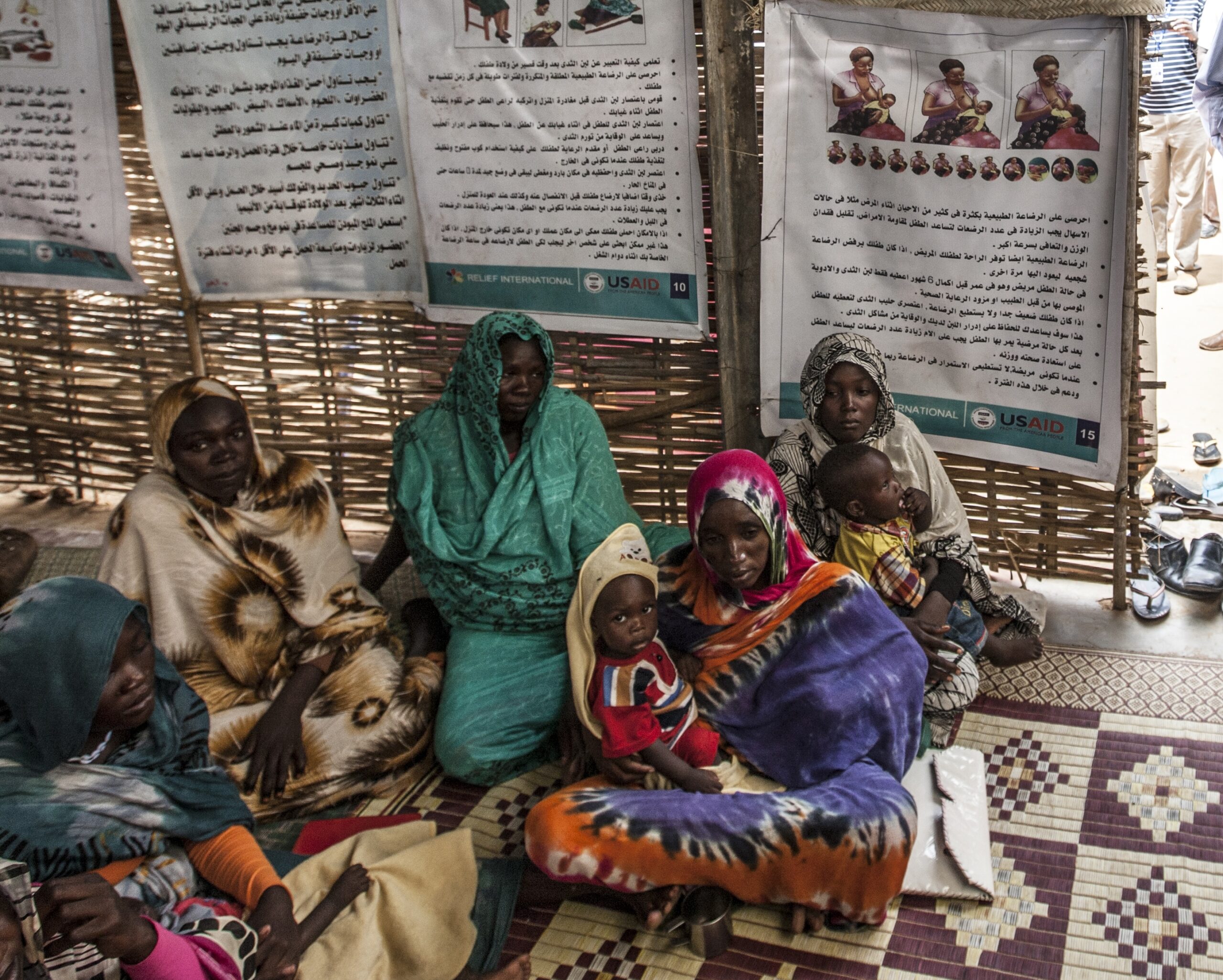

“As we enter the final quarter of the year, 74 per cent of our 2025 response plan is unfunded … The impact is, I’m afraid, increasingly stark: Food rations are being reduced by half. Community kitchens closing without warning. Pregnant women delivering babies without medical help. Survivors of sexual violence left without dignity.” ~ Mr. Tom Fletcher, Under-Secretary-General for Humanitarian Affairs and Emergency Relief Coordinator
It has been 2.5 years since the civil war between the Sudanese Army and the paramilitary Rapid Support Forces (RSF) began in Sudan in April 2023. The conflict is characterized by extreme, ongoing violence and grave human rights abuses against civilians, including torture, sexual violence, arbitrary killings and extortion. Both sides of the conflict are carrying out ethnic cleansing campaigns. Consequently, Sudan faces the world’s worst displacement crisis, protection crisis and hunger crisis. More than half the population requires humanitarian support.
As the war spirals and atrocities mount, the U.S. has determined that the two warring parties are carrying out crimes against humanity and declared that the RSF and allied Arab forces are committing genocide.
The intensity of the situation was amplified when the RSF captured El Fasher, the capital of North Darfur state, on Oct. 28, 2025, after a 500+ day siege. Approximately 260,000 people resided in El Fasher, and there have been reports of mass killings to the extent that red stains in the sands and mass graves are visible by satellite. Humanitarian groups worry that many of those who remained in the city will be killed or die from acute hunger.
As of Nov. 9, 2025, 82,000 people had fled the city, but only a small percentage managed to reach other locations due to their injuries or a lack of water and food. Many who have fled El Fasher report being required to pay substantial ransoms to continue their journey. Those who have funds or can raise them from family members who send the money quickly using banking apps are freed. Others are not; at times, they are executed.
Key facts
- Before the war, 2.32 million were already displaced. An additional 7.25 million have been forced to leave their homes since the war began. Nearly 10 million are now internally displaced, and a further 4.34 million have become refugees.
- Roughly 53% of internally displaced people are under the age of 18, with more than 25% under the age of 5.
- For the second time in a year, famine has been declared in Sudan. The addition of El Fasher and Kadugli brings the total to 12 areas in Sudan where famine has been declared, with 20 more at imminent risk of famine. Civilians have been surviving on peanut shells, leaves and animal feed known as ambaz, including in some of the emergency kitchens.
- Because Sudan is unable to collect data on the number of fatalities, the mortality rate since the start of the war is difficult to assess. Yale University’s Humanitarian Research Lab estimates there have been “tens upon tens of thousands of potential dead in five days” after the fall of El Fasher. Prior estimates ranged as high as 150,000 dead, a combination of genocide and people dying of hunger and disease. The former US special envoy for Sudan said the number is more likely more than 400,000 people.
(Photo: A health clinic for Sudanese people displaced by conflict in Darfur, Sudan. Credit: USAID via Flickr)
Latest Updates
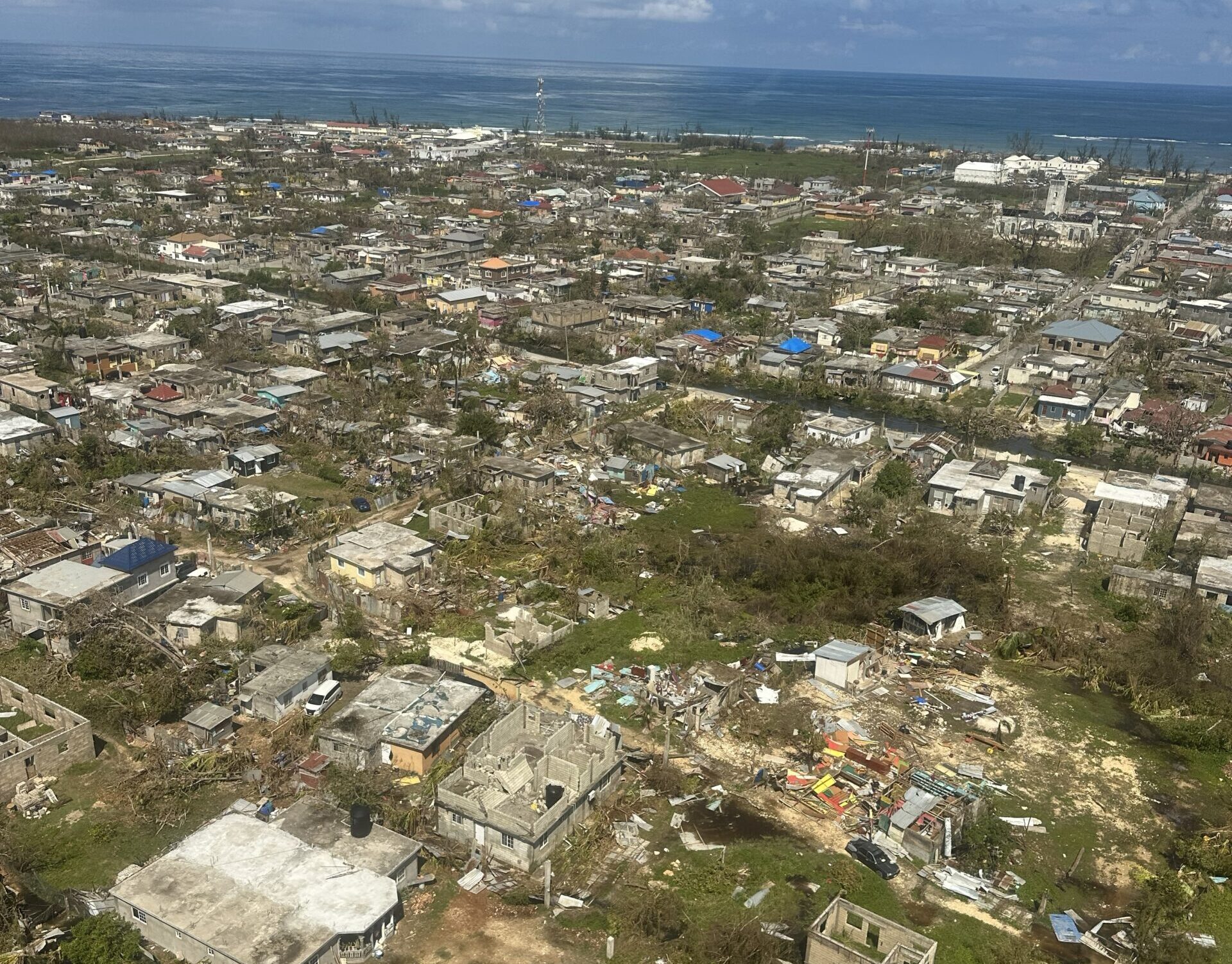
What we’re watching: Weekly disaster update, November 3
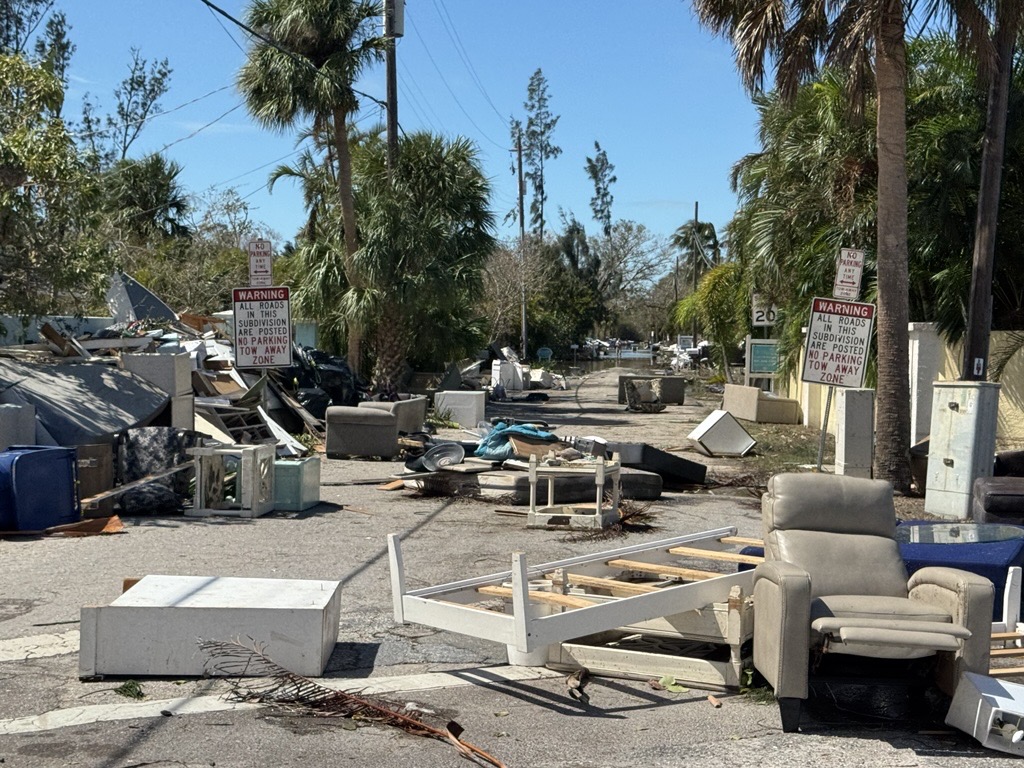
What we’re watching: Weekly disaster update, October 14
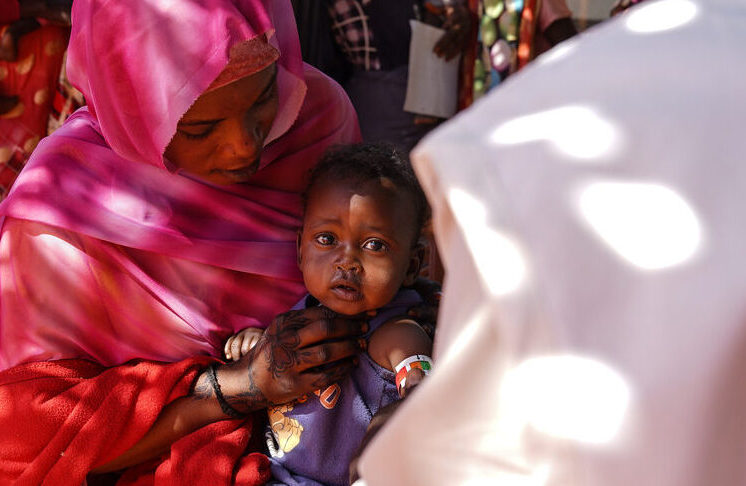
CDP launches a Sudan Humanitarian Crisis Fund
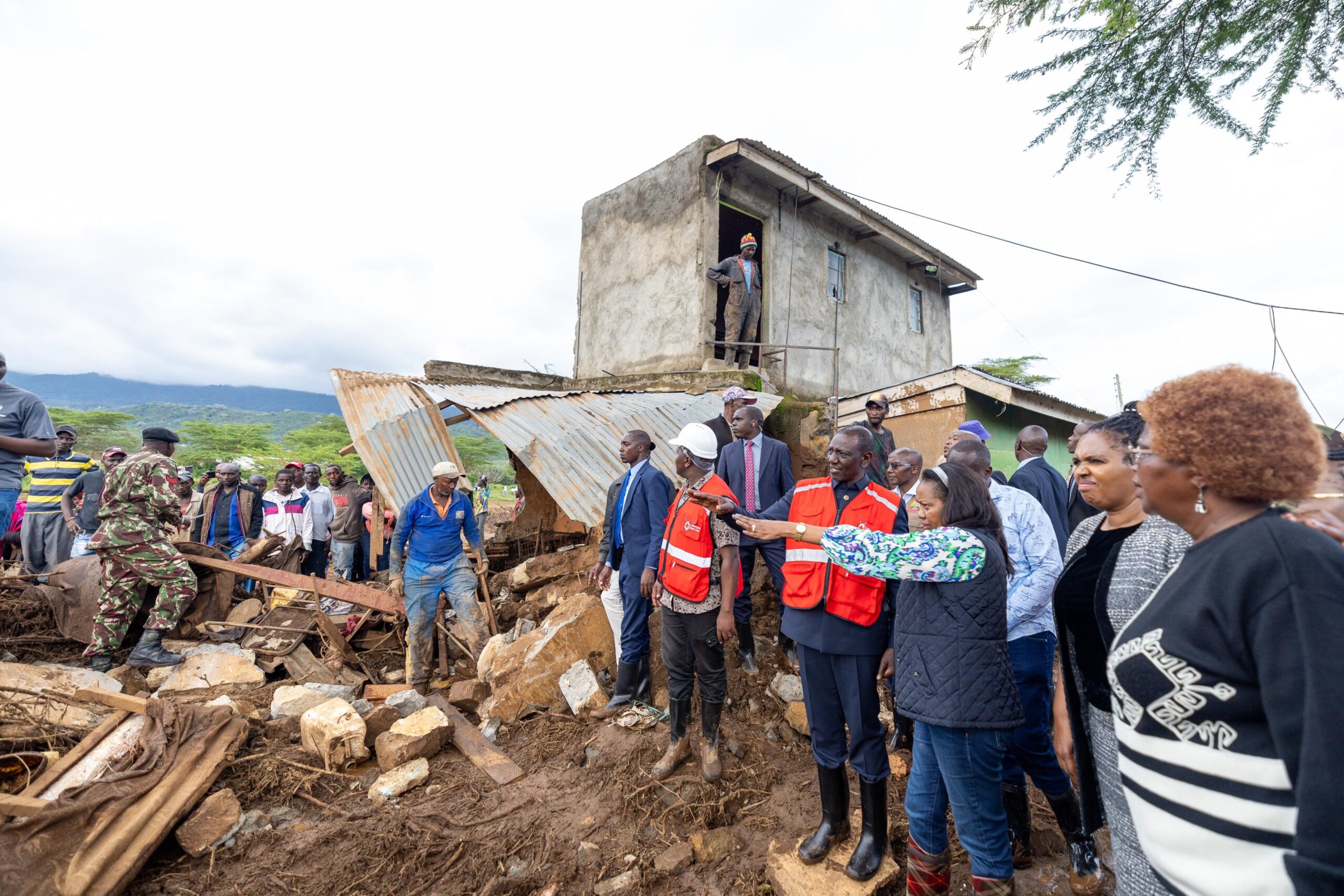
What we’re watching: Weekly disaster update, May 6
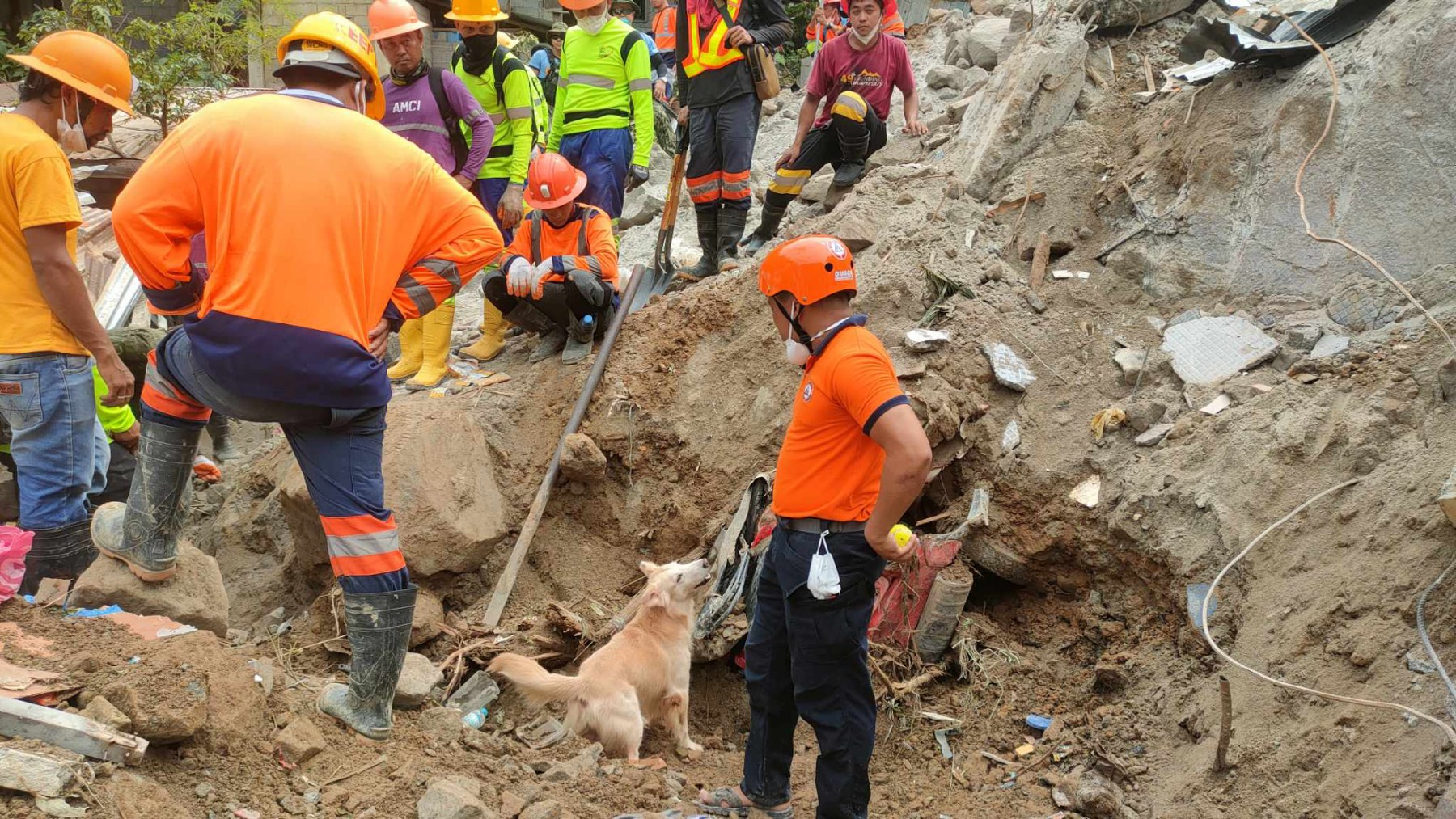
What we’re watching: Weekly disaster update, February 12
Famine, hunger and malnutrition
At least half the population, or 24.6 million people, face acute food insecurity, and 19 million do not have access to potable water. Approximately 638,000 people are suffering from the most severe levels of hunger, the highest number in the world. Many people are also dying of thirst.
Where established humanitarian organizations can operate inside Sudan, they face disruptions from parties to the conflict. Where they can’t, local community kitchens and emergency response rooms (ERRs) have helped to feed people, though as of September 2025, many can only serve animal feed. The war has destroyed the economy,causing severe inflation, so even where food is available in markets, civilians cannot afford to purchase it.
The U.S. has cut 83% of its foreign aid, and the fate of the $126 million already committed to Sudan for 2025 remains unclear. Regardless, aid cuts have come at the height of Sudan’s humanitarian needs, exacerbating an already dire situation.
Disease
As of June 2025, about four million people can no longer access clean water. A lack of clean water across Sudan has led to the worst outbreak of cholera in years, with an estimated 124,000 cases and at least 3,355 deaths since July 2024. Most of these cases occurred in 2025. Malaria, dengue and measles are also spreading rapidly.
As of September 2025, over 20.3 million people (40% of the population) need urgent medical care. However, 80% of hospitals in the most conflict-affected areas of Sudan are out of service, and only 45% are functional in other regions.
Extreme weather
Sudan is one of the ten countries most vulnerable to climate change. These vulnerabilities include seasonal rains becoming more unpredictable and increasingly frequent droughts. Land degradation, desertification and deforestation compound the consequences of climate hazards.
On Sept. 1, a massive landslide buried the entire village of Tarasin in Sudan’s Marrah Mountain after several days of heavy rainfall.
Tarasin is not reachable by car or other means of transportation. Many of the victims sought refuge there after fleeing their homes elsewhere in Darfur to escape the conflict. This landslide is one of the deadliest disasters in Sudan’s history. As of Sept. 6, 373 bodies have been recovered, but the final death toll is expected to exceed 1,000. Only 150 people evacuated to another location after the landslide.
Gender-based violence
According to April 2025 data from UN Women, “…In less than two years, the number of people at risk of gender-based violence has more than tripled. An estimated 12.1 million people, or 25 per cent of the population, are at risk … in 2024 Sudan saw a staggering 288 per cent increase in demand for gender-based violence services, compared to previous year.” There have been numerous reports of violence against women and girls since the fall of El Fasher.
There are many reports of women and girls committing suicide to avoid systematic rape and other types of violence. Should women and girls migrate either within or outside of Sudan, they face an extreme risk of sexual violence. Over 90% of women and girls who migrate towards the Mediterranean will be sexually assaulted or forced into sexual slavery.
Additionally, the RSF systematically murders men and boys, often based on ethnicity.
Children
As humanitarian access and aid shrink, more children than ever need support in Sudan. Over 16 million boys and girls need protection against violence, hunger, disease and displacement.
According to UN News, “The situation is being compounded by a deadly combination of interlinked factors, such as a ten-fold surge in the number of grave violations against children, namely killing and maiming; abduction; recruitment into armed forces and groups and use in hostilities; rape and other forms of sexual violence; attacks on schools and hospitals; and the denial of humanitarian access.” The crisis has also exacerbated existing harmful coping mechanisms, such as child marriage.
Of the 17 million children who remain in Sudan, about 75% are out of school. However, as of September 2025, 45% of schools in Sudan (9,000 facilities) have reopened, with four million children returning. This development will help support children’s protection, psychosocial wellbeing, health and learning.
Ethnic cleansing
The Geneva Council of Rights and Liberties has declared that the RSF and allied Arab militias are undertaking an ethnic cleansing campaign against the ethnic Masalit and other non-Arab populations, predominantly in Darfur. They are systematically expelling, killing and terrorizing these communities to erase their presence in the region. Thousands of civilians have been killed on the basis of ethnicity, and satellite imagery confirms the “systematic dismantling” of Masalit neighborhoods.
On the other side of the conflict, “…the (Sudanese) army treats civilians from western Sudan as collaborators with the RSF, leading to ethnic cleansing campaigns,” stated Human Rights Watch. Several reports describe SAF and allied militias executing civilians from Darfur and South Kordofan, driven by the perception of their tribal loyalties.
Additional resources
For more information on the background, history and issues that have brought Sudan to the current crisis, please see:
- UNHCR: Sudan crisis explained
- The Economist: Why Sudan’s catastrophic war is the world’s problem
- Council on Foreign Relations: Civil war in Sudan
- CDP: 5 things you need to know about the Sudan humanitarian crisis
The Sudan humanitarian crisis needs a multi-faceted response. Funders can:
- Support locally-led action, such as national NGOs and mutual aid groups.
- Meet immediate humanitarian needs, an important initial step to allow improved recovery.
- Support vulnerable populations such as women, children, IDPs and refugees through protection and provision of essential services.
- Address the needs of host communities in neighboring countries.
Mutual aid and Emergency Response Rooms
Grassroots mutual aid organizations have created Emergency Response Rooms (ERRs) to provide health services, food and safe spaces for women and children in communities where humanitarian organizations no longer have access. In September 2025, ERRs in Sudan won the Norwegian Rafto Foundation prize for human rights, and were nominated in 2025 for the Nobel Peace Prize.
Local groups are currently the only aid providers able to reach those struggling to survive in much of Sudan. However, with recent cuts to foreign aid, about 80% of ERRs have had to close, with dire consequences for the two million civilians they supported.
A Localization Coordination Council (LCC) has been established as a coordinating body. The LCC plays a critical role in managing intake requests from across the country, prioritizing funds, resolving conflicts and facilitating collaboration.
Donors can support ERRs to help provide direct aid to communities living in war and build ERR capacity. Funders unable to direct grants to non-501c3 organizations can work through an intermediary, such as CDP’s pooled Sudan Humanitarian Crisis Fund.
The Funders for Mutual Aid in Sudan surpassed the original Commitment to Action announced at the 2024 Annual Meeting to channel at least $2 million in emergency grants by the end of 2024 and generate a minimum of $4.5 million more from peer philanthropies by the end of 2026. At the Clinton Global Initiative (CGI) 2025 Annual Meeting in New York, the coalition expanded its commitment and announced at least $16 million in direct and flexible emergency grants to vetted mutual aid groups in Sudan by the end of 2026.
Cash donations, remittances and banking apps
Experts recommend monetary donations to organizations responding to disasters. This allows on-the-ground agencies to direct funding to the most significant areas of need, support economic recovery and quickly re-establish access to necessities.
Almost 4% of Sudan’s gross domestic product (GDP) came from international remittances in 2023. This amounts to approximately $1 billion USD every year. The crisis in the country means that data may not be up-to-date; however, the fact that ransoms are being paid via remittances is an indication that they are being used quite regularly.
In Sudan, where the conflict has severely curtailed physical movement and banking operations, digital banking applications and wallets have become a lifeline for many. Since the conflict, lack of cash has led many to utilize digital wallets to cover necessities, pay for travel and receive money from abroad (most recently, for ransom payments). Financial applications, however, suffer from frequent telecommunication and power breakdowns.
CDP always recommends using financial assistance as an intervention and a recovery strategy. Direct cash assistance provided to families gives them flexibility and choice, ensuring that support is relevant and timely. Cash-based approaches to disaster recovery also give people the freedom to choose how they rebuild their lives and provide a pathway to economic empowerment.
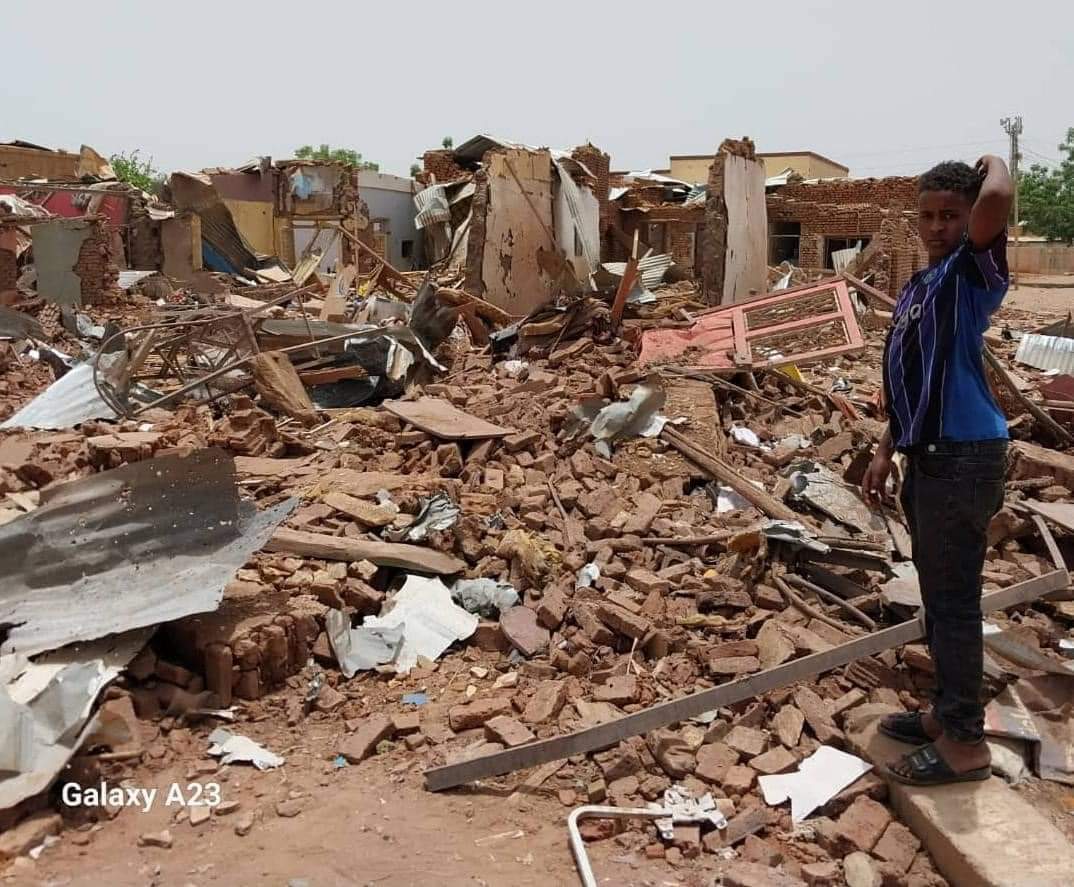
Through CDP’s Sudan Humanitarian Crisis Fund, donors can support broad efforts that help address the critical needs of vulnerable, marginalized and at-risk groups, prevent and address famine, and build longer-term solutions that enable communities to recover. Donors may also support the life-saving efforts of local mutual aid groups, such as emergency response rooms, addressing the needs of at-risk communities amid limited resources. They can designate contributions to the Funders for Mutual Aid in Sudan.
Contact CDP
Philanthropic contributions
If you have questions about donating to the CDP Sudan Humanitarian Crisis Fund, need help with your disaster-giving strategy or want to share how you’re responding to this crisis, please contact development.
(Photo: Homes destroyed by the violence between Sudanese Armed Forces and Rapid Support Forces in Sudan, April 2023. Photo courtesy of Patty McIlreavy.)
Recovery updates
If you are a responding NGO, please send updates on how you are working in this crisis to Tanya Gulliver-Garcia.
We welcome the republication of our content. Please credit the Center for Disaster Philanthropy.
Resources
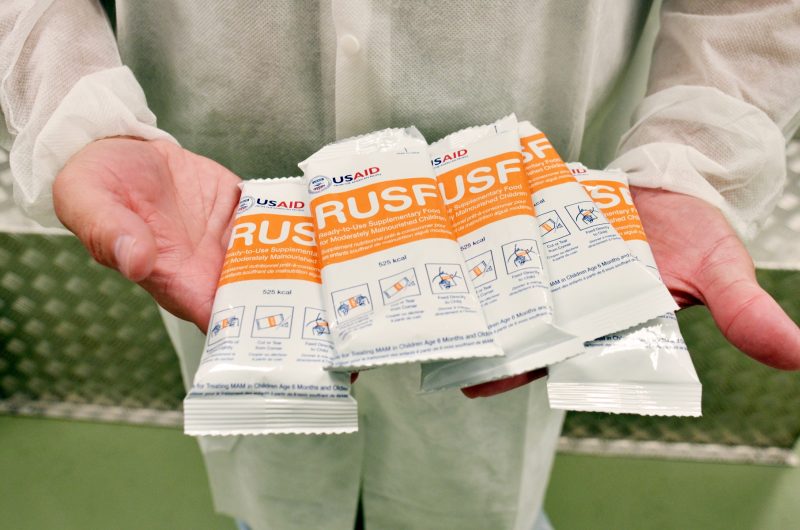
Famine
According to the United Nations’ definition, a “famine” has taken hold when: at least 20 percent of households in an area face extreme food shortages; more than two people in 10,000 are dying each day (from both lack of food and reduced immunity to disease); and more than 30 percent of the population is experiencing acute malnutrition.
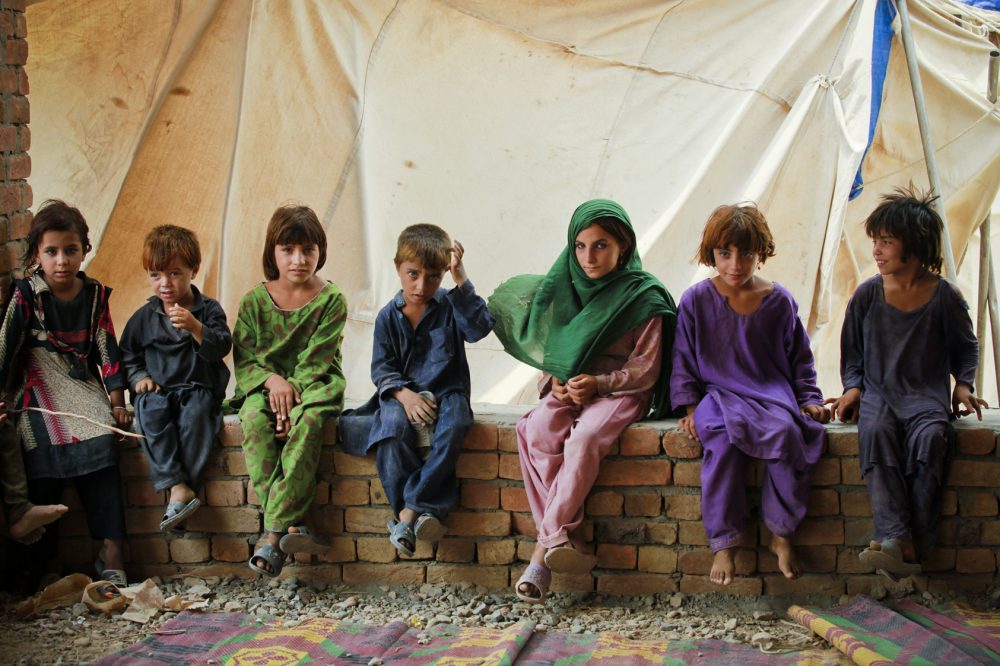
Internally Displaced People
Internally displaced persons are those who have been forced to flee their homes, in particular as a result of armed conflict, generalized violence, violations of human rights or disasters, and who have not crossed an internationally recognized border.

Complex Humanitarian Emergencies
CHEs involve an acute emergency layered over ongoing instability. Multiple scenarios can cause CHEs, like the civil wars in Syria and Yemen, the man-made political crisis in Venezuela, or the conflict in Ukraine.